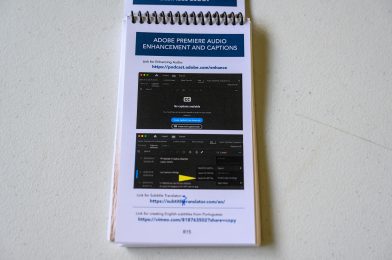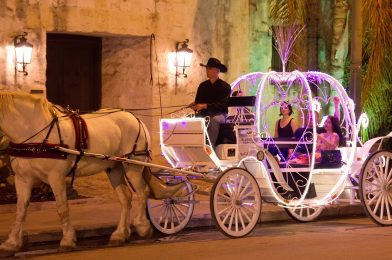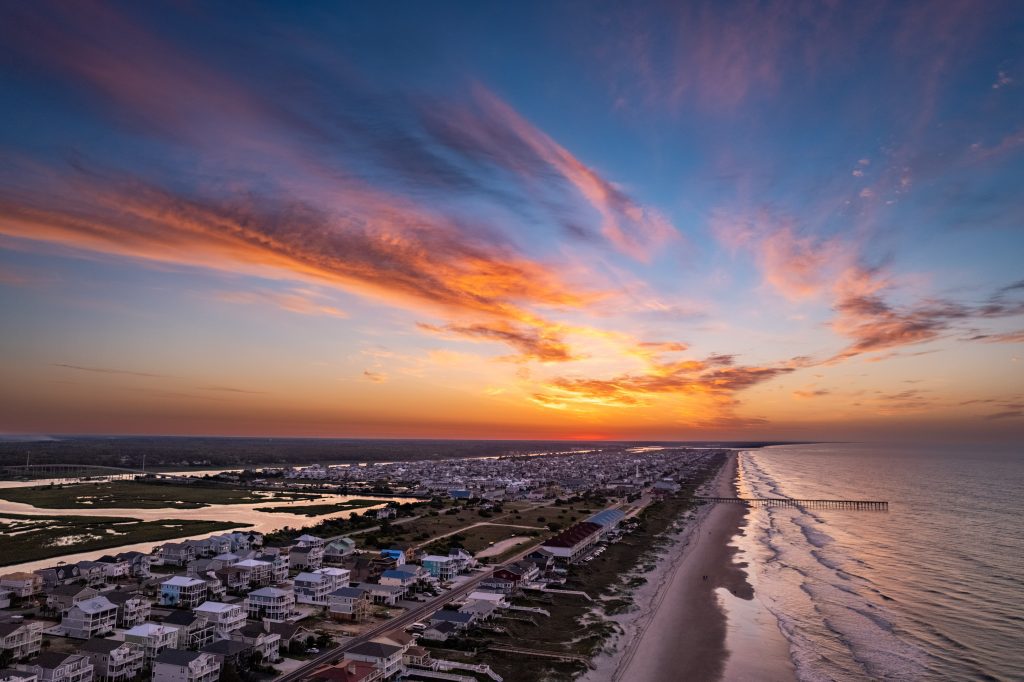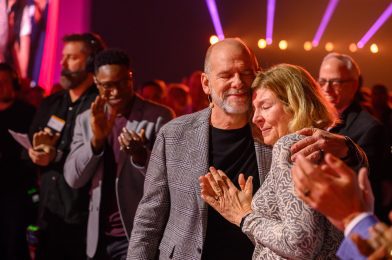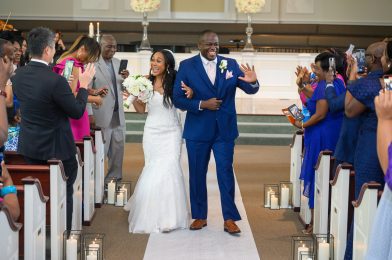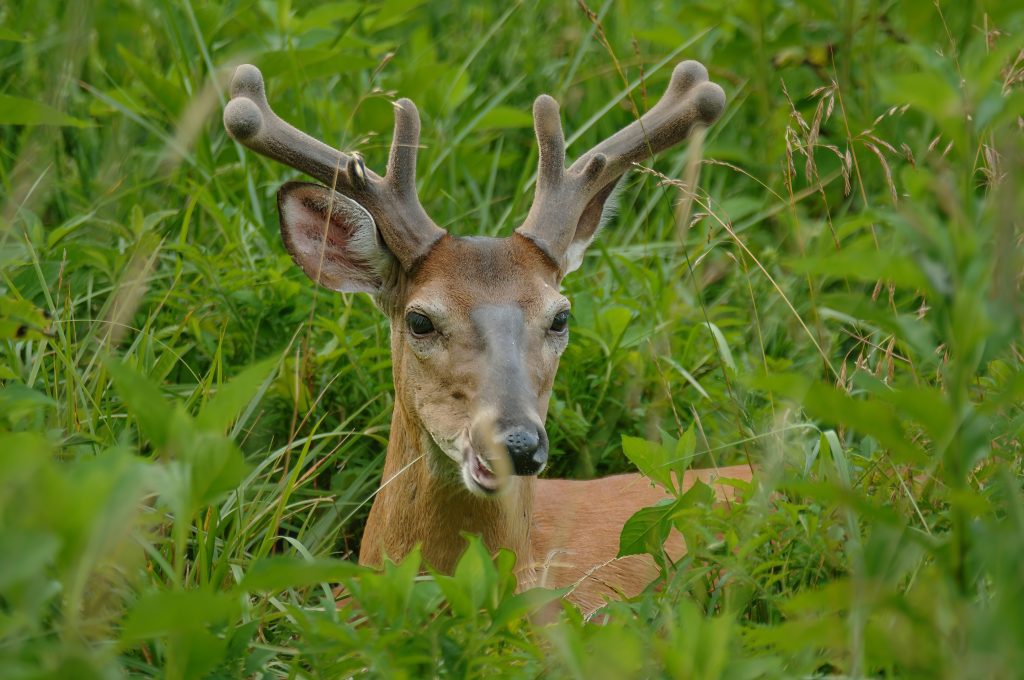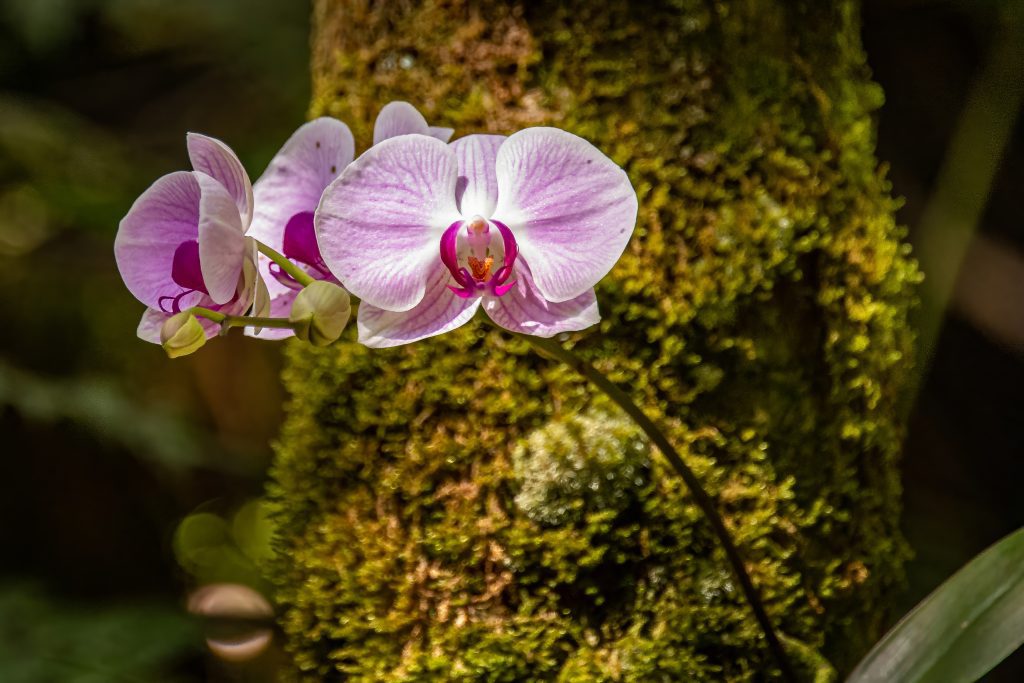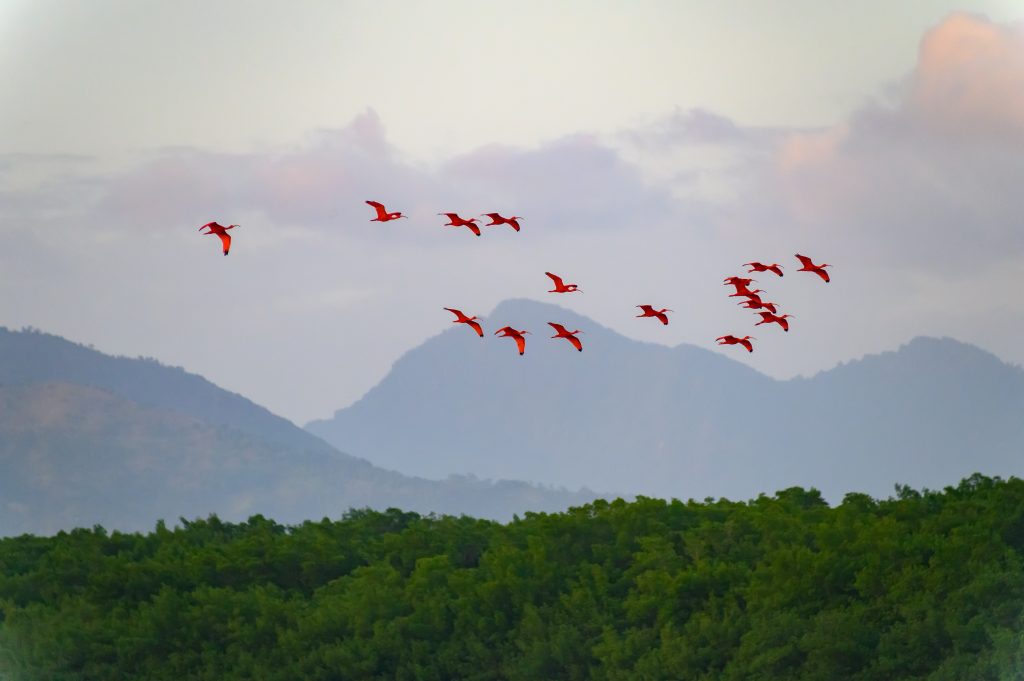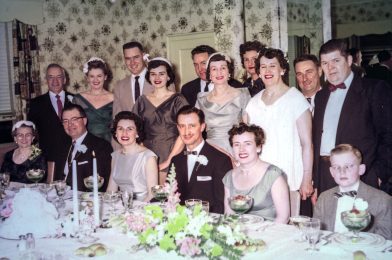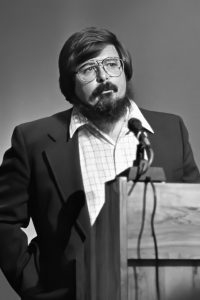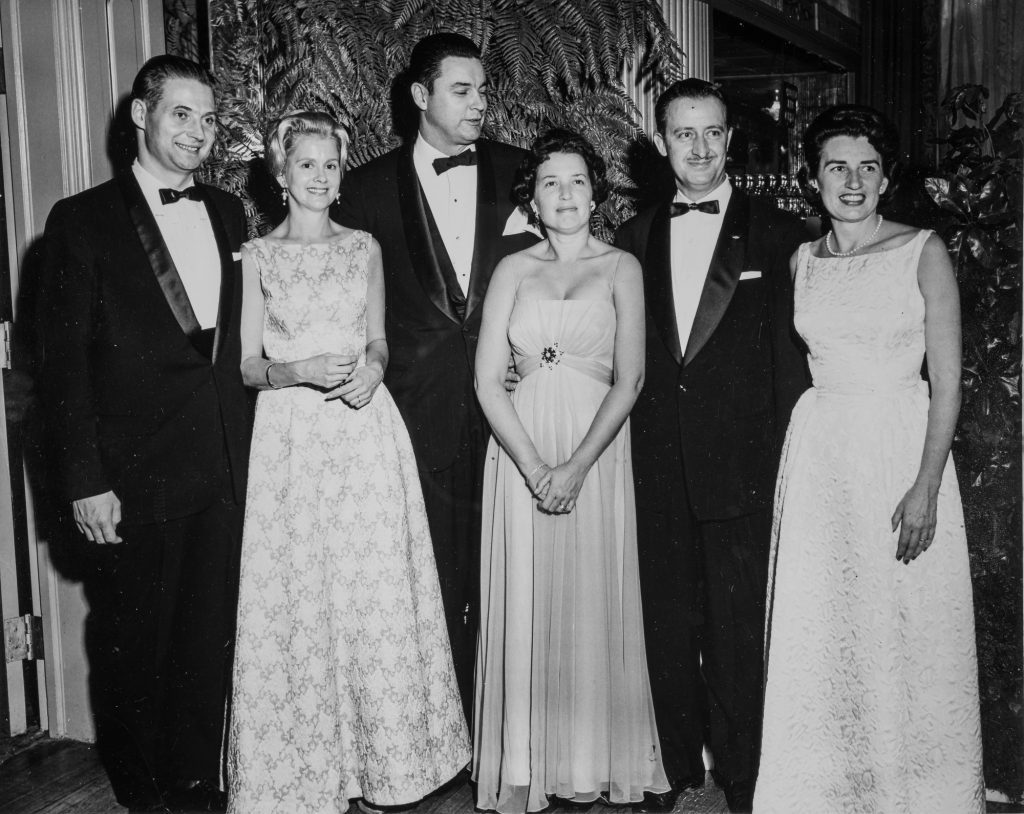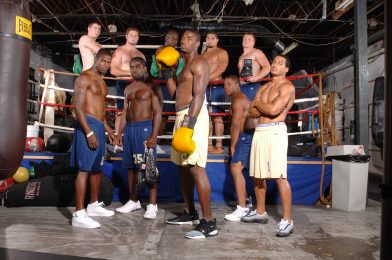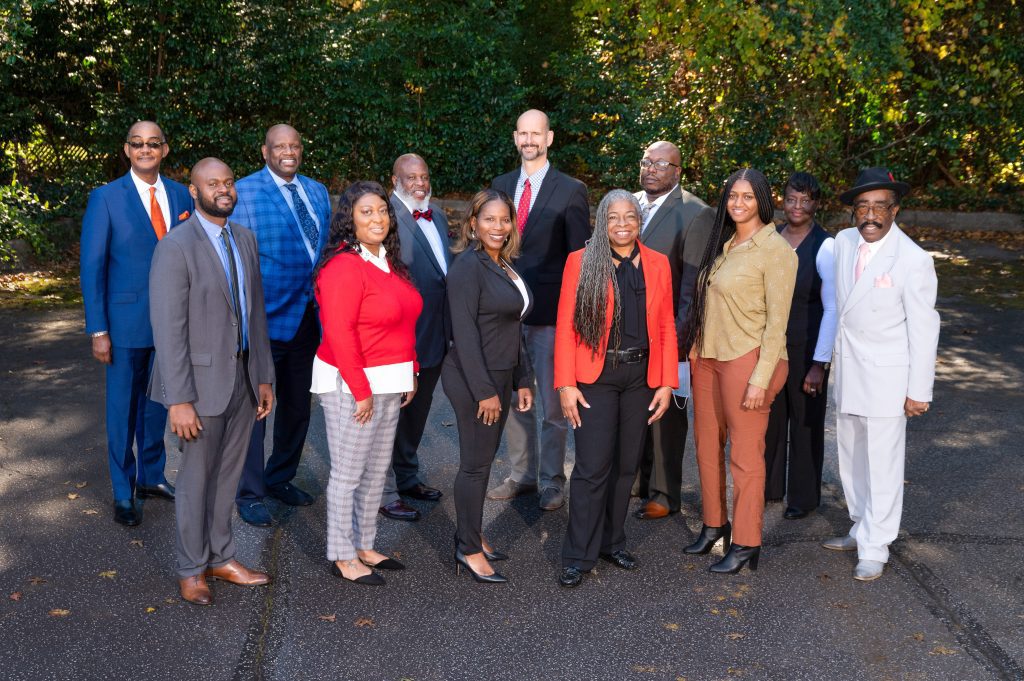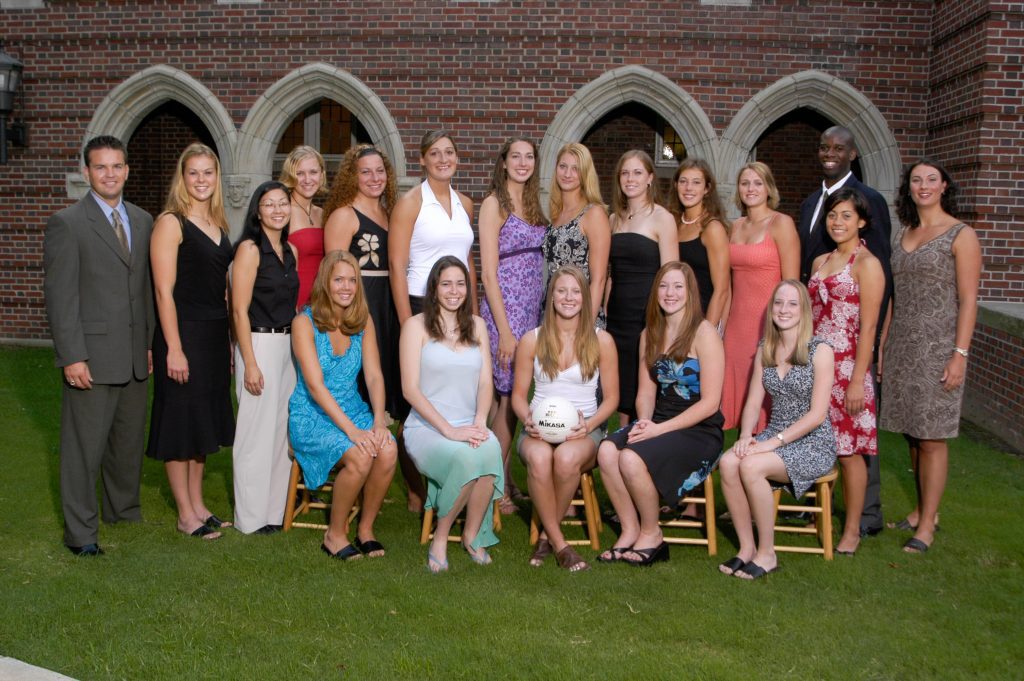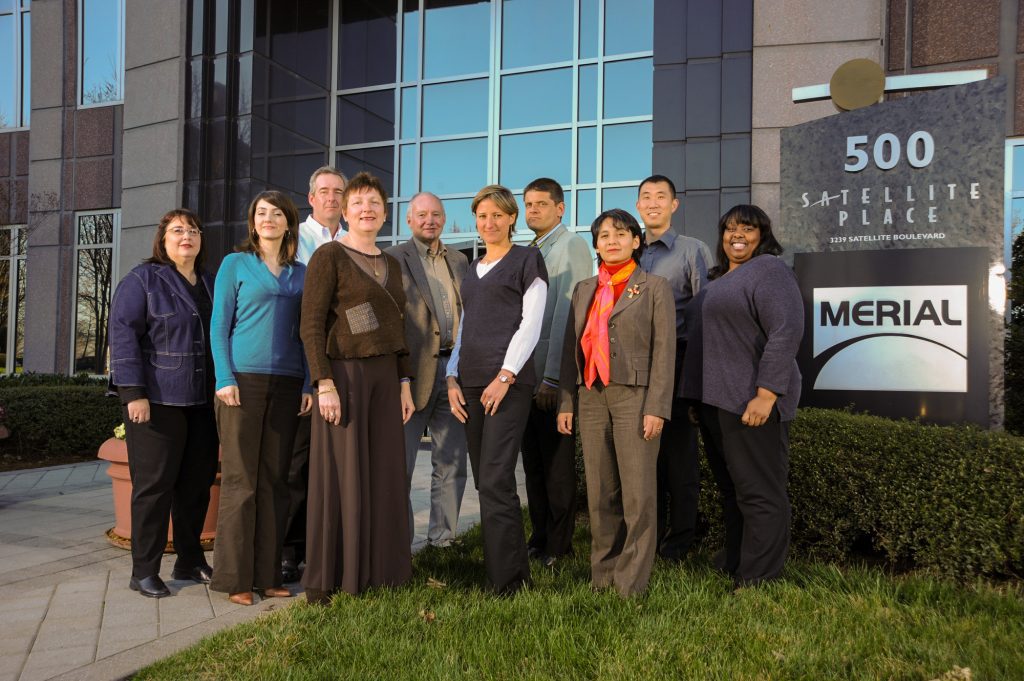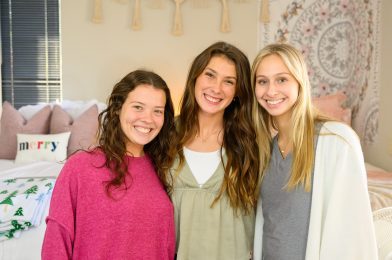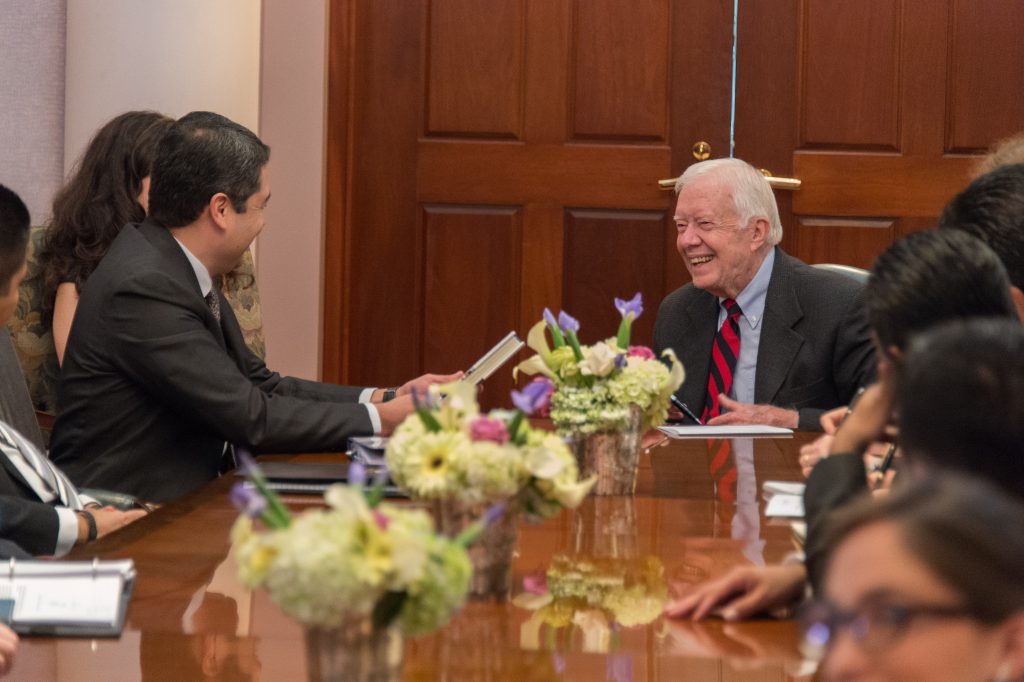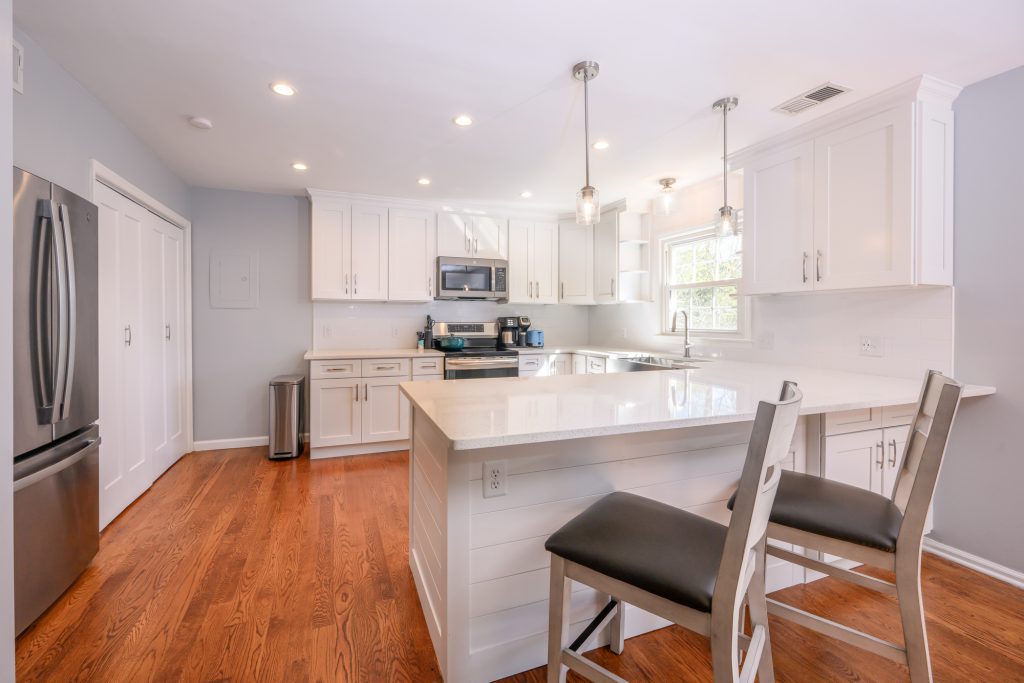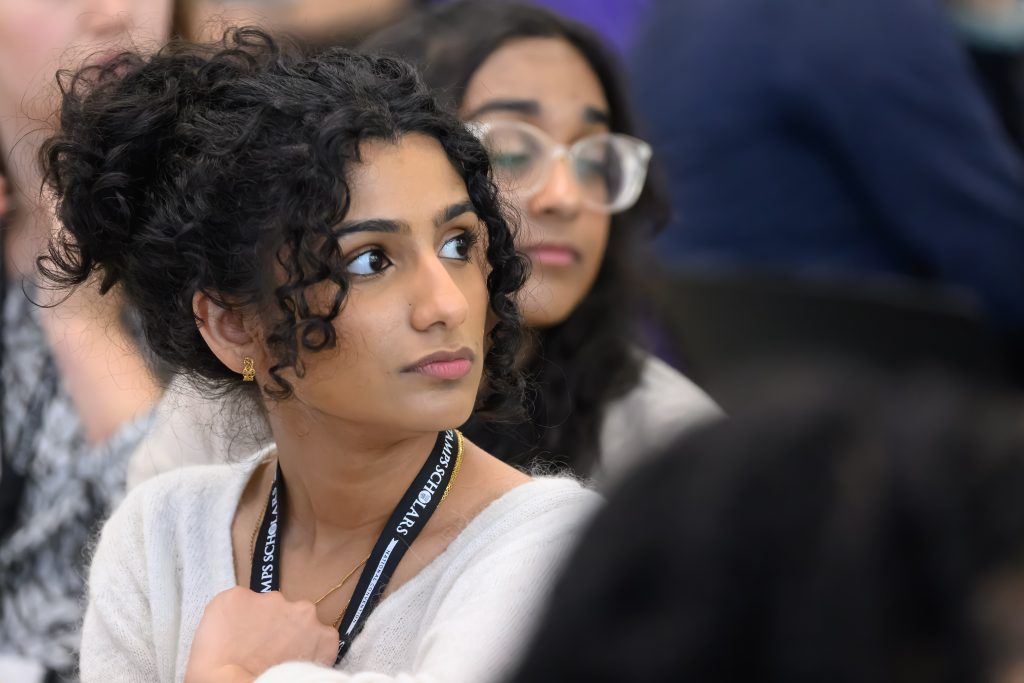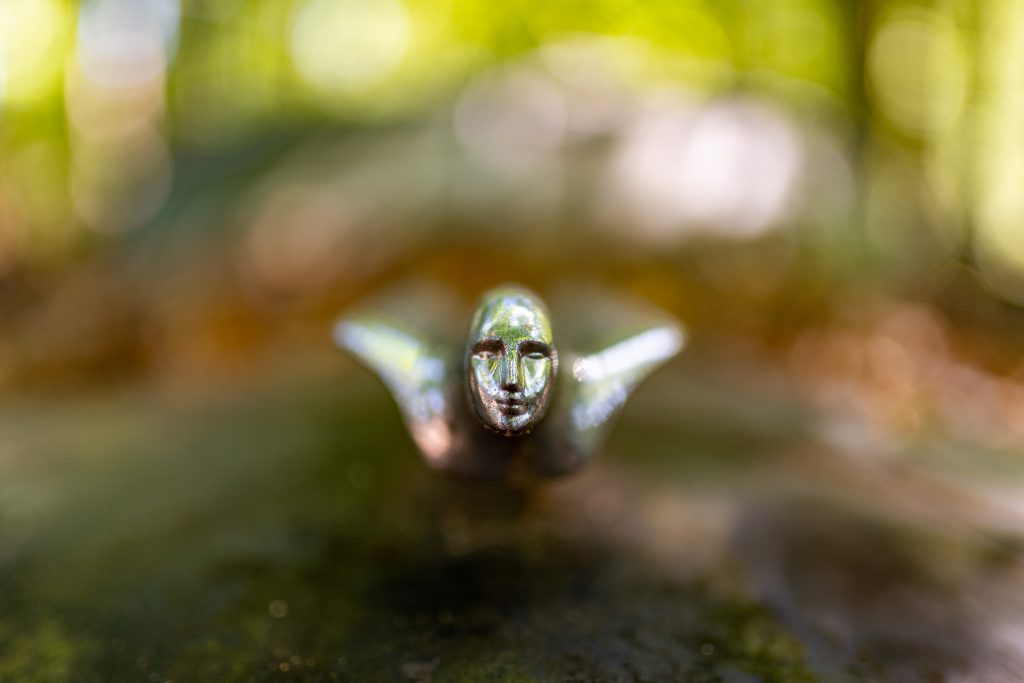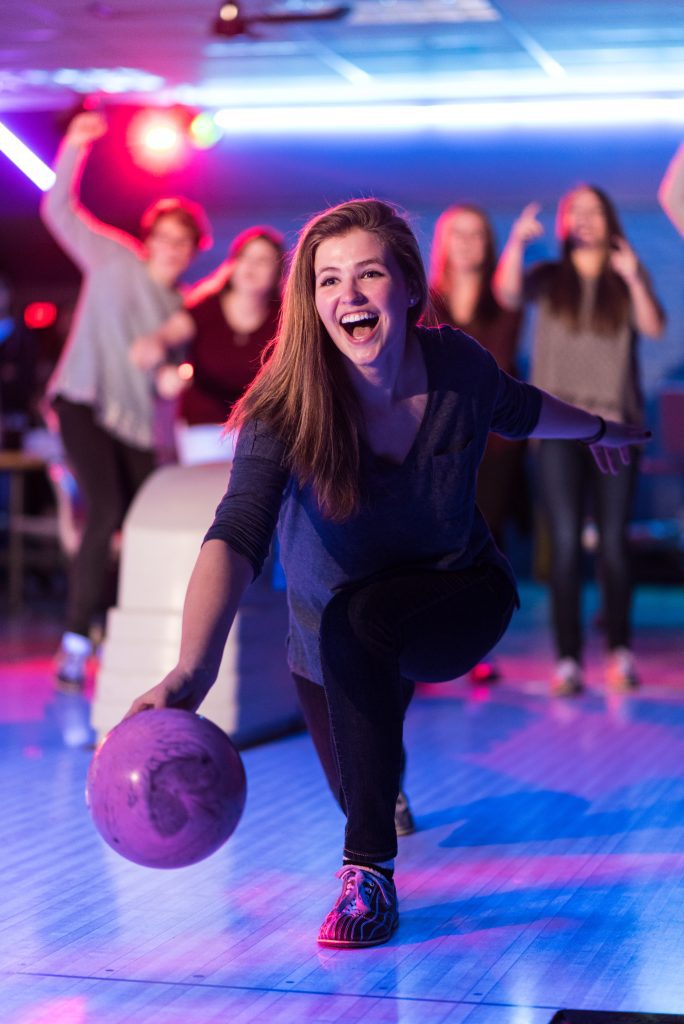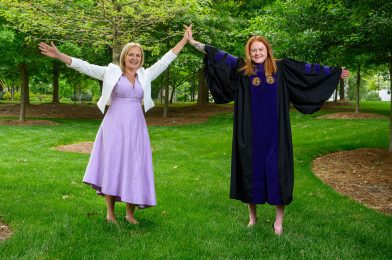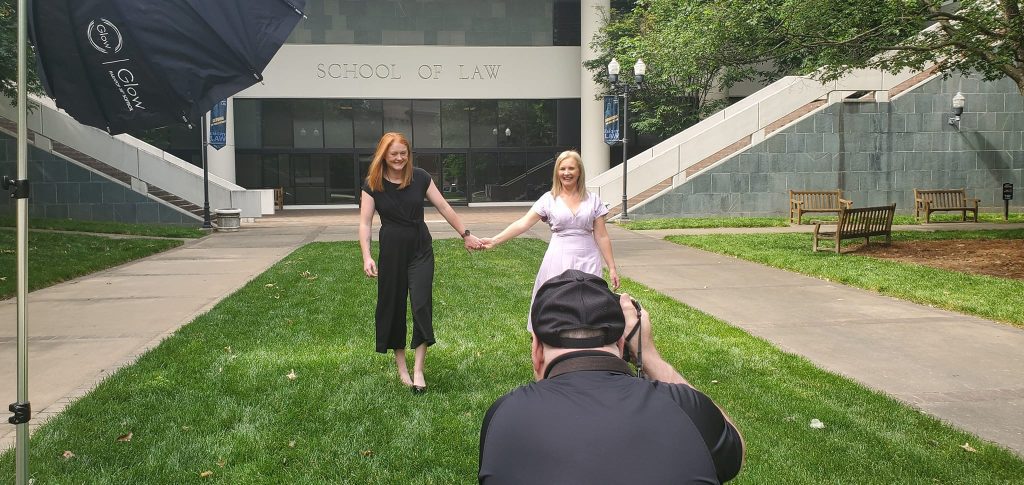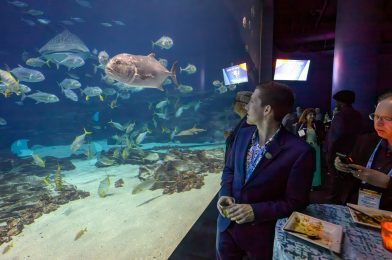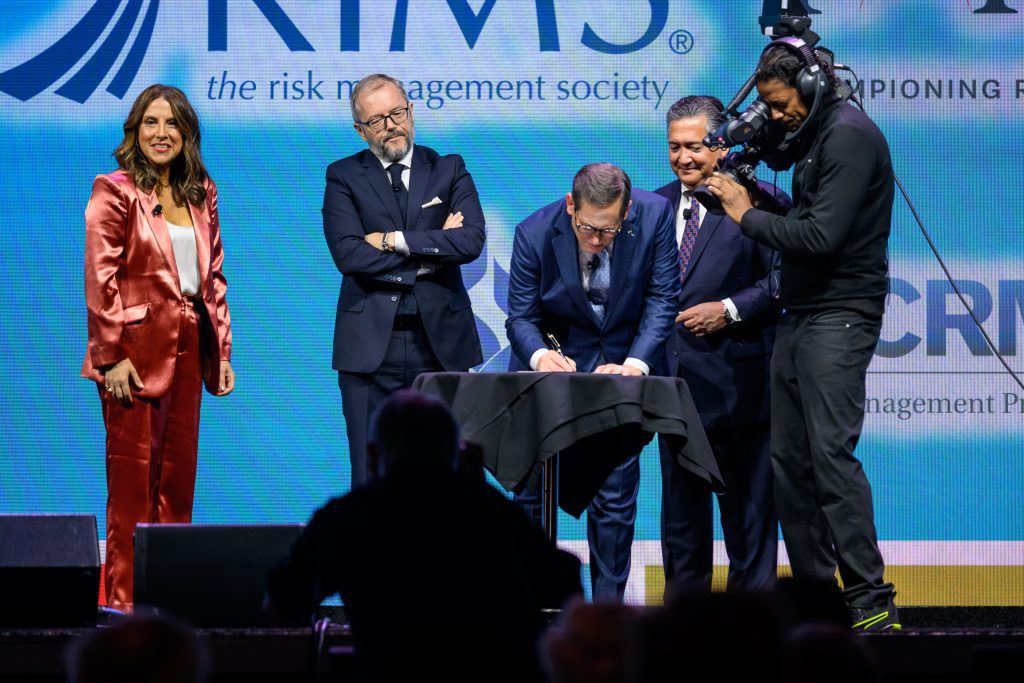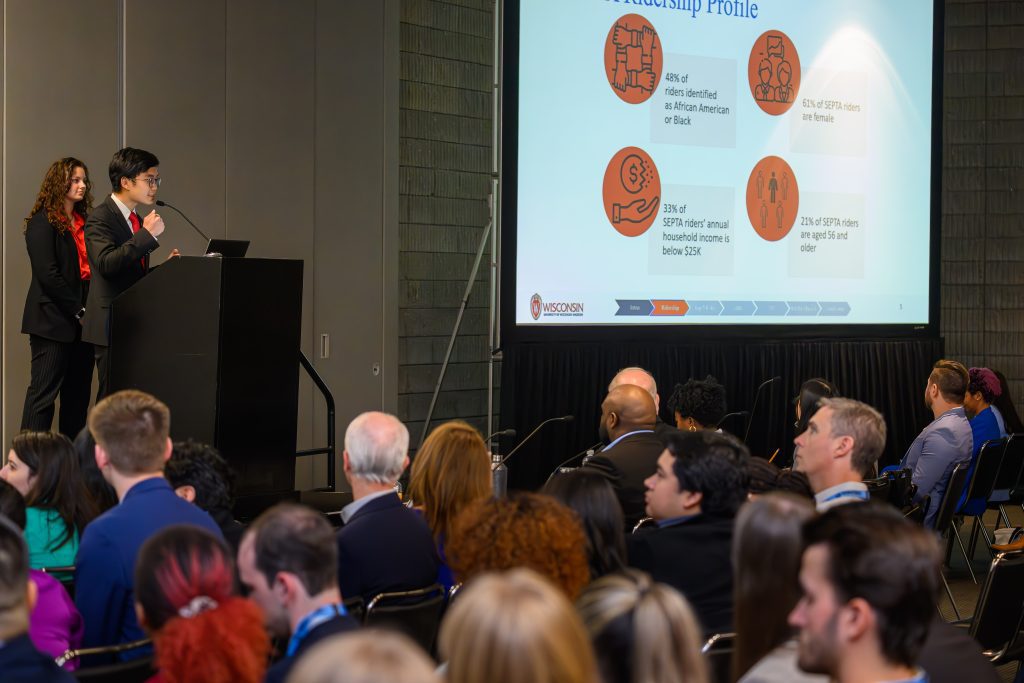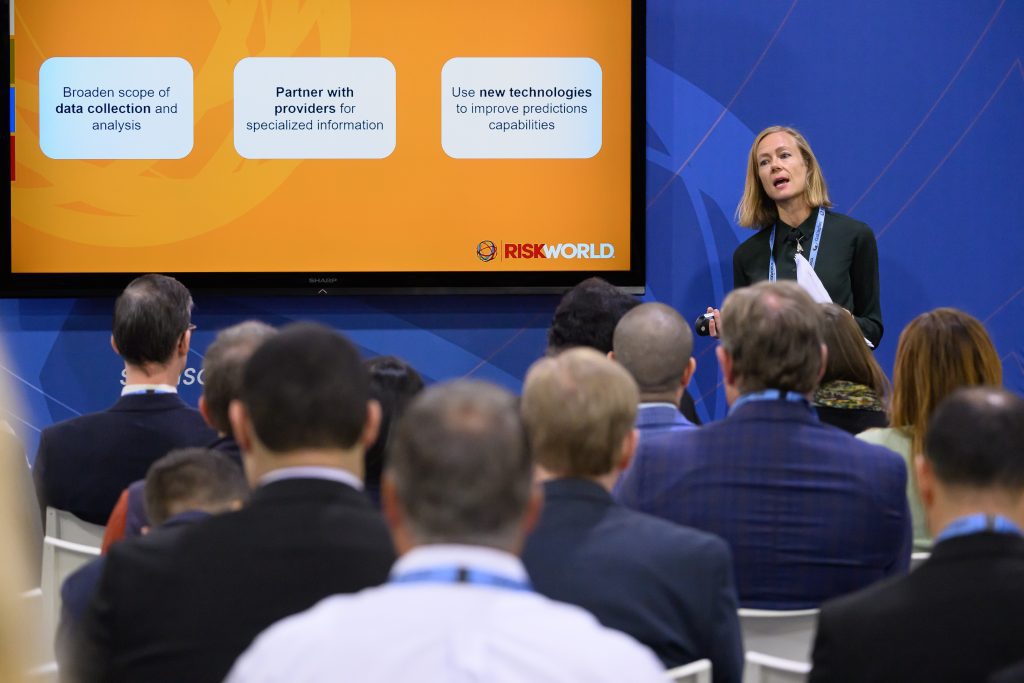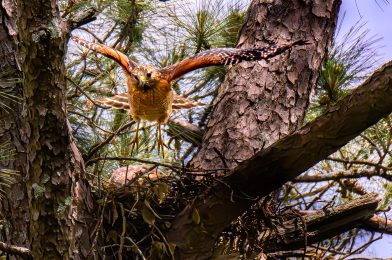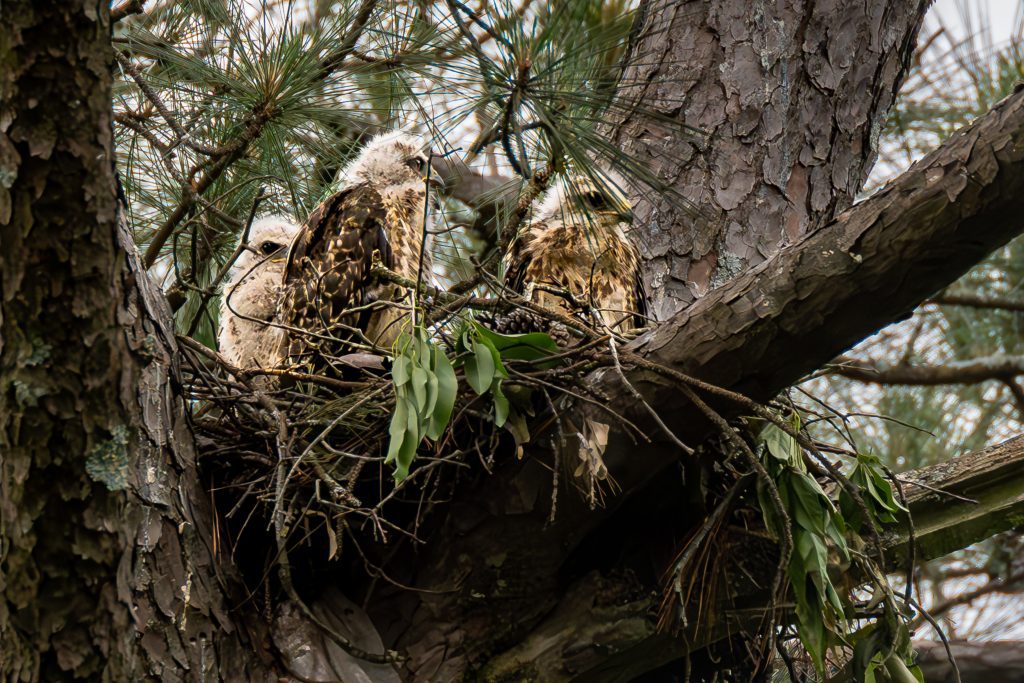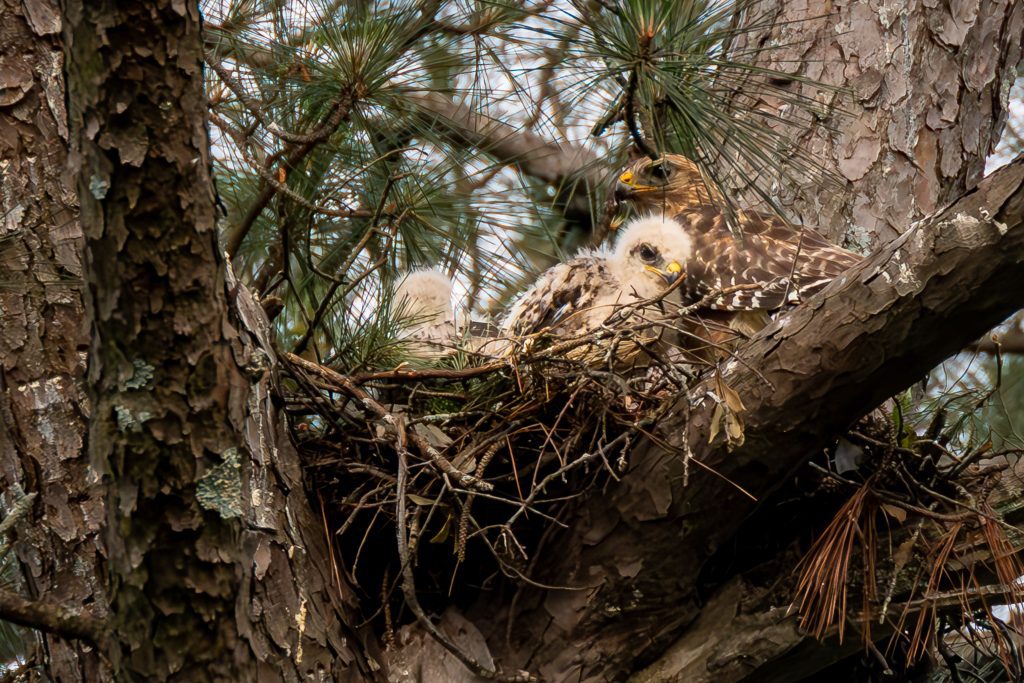Learning new software can be an exciting but challenging endeavor. Whether diving into video editing with Premiere, mastering a graphic design program, or exploring any other software tool, taking notes is an essential practice that can significantly enhance your learning experience. In addition, note-taking is a valuable resource in a classroom setting to remind you of the steps, concepts, and techniques your teacher teaches. In this blog post, we’ll delve into the importance of note-taking when learning software and provide practical tips for effective note-taking.
- Retention and Reinforcement
Taking notes actively engages your mind during the learning process. It requires you to process and summarize the information in a way that makes sense. Doing so reinforces your understanding of the software’s functionalities and increases the likelihood of retaining the information. In addition, when reviewing your notes later triggers the memory of what you’ve learned, making it easier to recall and apply the steps when working on projects.
- Personalized Reference Material
While your teacher may provide you with handbooks or instructional materials, these resources can’t cover every possible scenario or address all individual needs. Instead, you create personalized reference material tailored to your learning style and requirements by taking notes. You can highlight key concepts, jot down additional explanations, and include specific tips that are particularly relevant to your workflow. Your notes become a condensed version of the information presented, enabling you to refresh your memory quickly whenever needed.
- Non-Destructive Editing and Workflow
In the case of video editing with Premiere, understanding the concept of non-destructive editing is crucial. Taking detailed notes during lessons ensures you capture the essence of non-destructive editing and how it differentiates Premiere from other editing software. In addition, you can jot down the specific steps in preserving the original content while applying modifications and any crucial considerations or limitations.
Moreover, note-taking is vital in grasping the recommended workflow and folder structure. These organizational techniques facilitate collaboration and project management, ensuring smooth handovers and efficient teamwork. By diligently documenting the folder structure and workflow your teacher explains, you’ll develop a systematic approach enabling others to understand and contribute to your projects seamlessly.
- Visual Aids and Screen Captures
To supplement your notes, consider incorporating visual aids and screen captures. For example, when encountering a complex or multi-step process, taking a screenshot and pasting it into a blank Word document can provide a visual reference for later. This method lets you capture the precise sequence of clicks, menu options, and settings required to achieve a desired outcome. In addition, combining visual cues with written explanations can enhance understanding and retention of the software’s functionalities.
- Customized Learning for Different Perspectives
We all have different ways of approaching and understanding technology. If you feel that you don’t “think like your computer friends,” taking copious notes becomes even more critical. By documenting the steps and techniques in a manner that resonates with your thought process, you create a personalized learning resource that caters to your unique perspective. In addition, your notes can bridge any gaps in understanding and act as a guide for overcoming potential obstacles.
In conclusion, note-taking is a fundamental practice that significantly enhances your learning experience when acquiring new software skills. By actively summarizing and personalizing the information, you reinforce your understanding, create valuable reference material, and accommodate your individual learning needs. In addition, with visual aids and customized notes, you’ll be equipped to navigate the complexities of software tools effectively. So, grab your notebook, open a blank document, and take notes to unlock your full potential as a software learner.

